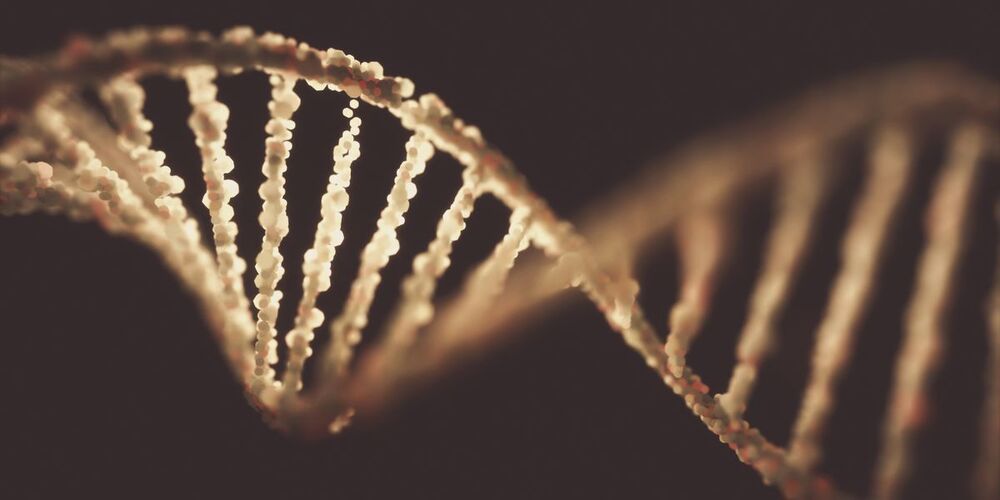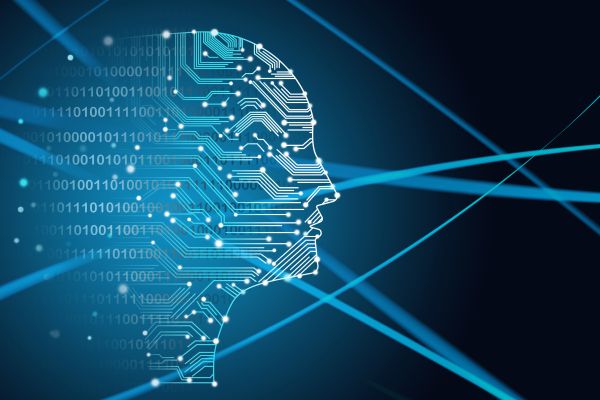Apr 21, 2021
Researchers Could Achieve Artificial General Intelligence
Posted by Dan Kummer in categories: neuroscience, robotics/AI
Researchers at the National Institute of Standards and Technology are proposing a new approach to large-scale artificial intelligence (AI) by relying on the integration of photonic components with superconducting electronics.
Previous approaches to achieving general intelligence in artificial intelligence systems have focused on conventional silicon microelectronics paired with light. There are major barriers to this approach, however. There are many physical and practical limitations with the fabrication of silicon chips with electronic and photonic elements.
General intelligence is “the ability to assimilate knowledge across content categories and to use that information to form a coherent representation of the world.” It involves the integration of various sources of information, and it must result in a coherent and adaptive model of the world. The design and hardware construction for general intelligence requires the application of principles of neuroscience and very-large-scale integration.


















